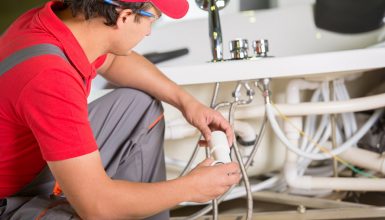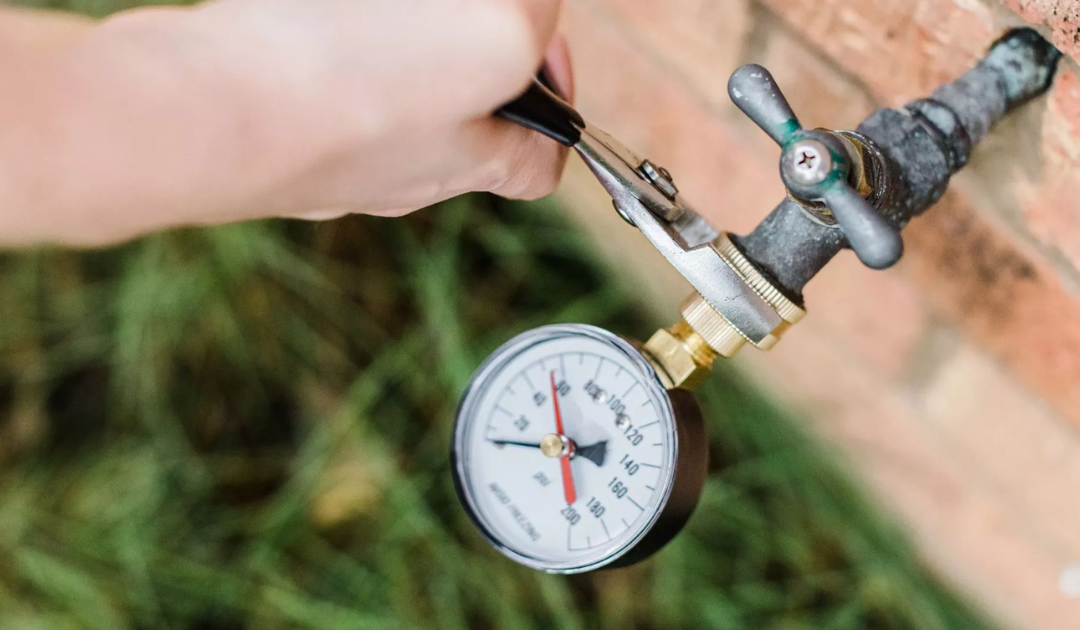Swift Solutions for Low Water Pressure in Your Home
Swift Solutions for Low Water Pressure in Your Home
Blog Article
Just how do you really feel in regards to Low Water Pressure in the House??

Low water stress in your house can be a frustrating issue, affecting whatever from bathing to washing recipes. If you're experiencing weak water flow, there are several possible reasons and solutions to discover. In this overview, we'll discuss common reasons for low tide stress and functional steps to deal with the issue properly.
Intro to Low Tide Stress
Low tide pressure occurs when the circulation of water from your taps, showers, and various other components is weaker than usual. This can make everyday tasks extra tough and less efficient. Comprehending the reasons for low tide stress is essential to locating the appropriate option.
Typical Reasons For Low Tide Pressure
Faulty Stress Regulators
Stress regulatory authorities are in charge of preserving constant water pressure in your home. If they malfunction, it can result in low water stress or uneven circulation throughout your home.
Community Water Supply Issues
In some cases, the issue lies outside your home. Municipal water system problems, such as main line leaks or upkeep work, can temporarily lower water stress in your area.
Pipe Obstructions
In time, pipes can come to be obstructed with natural resource, debris, or debris, limiting the circulation of water. This is an usual concern in older homes with galvanized steel pipes.
Rust
Corrosion within pipes can bring about leakages and minimized water pressure. Corrosion build-up can constrict water circulation, specifically in aging plumbing systems.
How to Diagnose Low Tide Stress
Inspecting Pipes
Examine visible pipelines for indicators of leakages, corrosion, or blockages. Take note of any type of uncommon noises, such as banging or rattling pipes, which can indicate concerns within the plumbing system.
Consulting with a Plumber
If you're incapable to identify the cause of low water stress, take into consideration hiring a professional plumber to perform a detailed evaluation. They can recognize underlying concerns and advise ideal remedies.
Inspecting Taps and Fixtures
Begin by examining the water stress at various taps and fixtures throughout your home. If the issue is isolated to specific areas, it might suggest localized problems.
Do It Yourself Solutions to Repair Low Tide Pressure
Flushing Water Heater
Debris buildup in the hot water heater can limit circulation and reduce performance. Purging the container periodically aids get rid of debris and preserve optimal efficiency.
Examining Stress Regulatory Authority
Make certain that the stress regulatory authority is operating properly. Readjusting or replacing the regulator can aid recover proper water pressure throughout your home.
Cleaning Aerators and Showerheads
Mineral deposits can build up in aerators and showerheads, minimizing water circulation. Eliminate and clean up these parts on a regular basis to improve water stress.
Clearing Up Clogs in Pipes
For small obstructions, try making use of a plumbing snake or chemical drain cleaner to clear blockages in pipelines. Be cautious when utilizing chemicals and follow safety guidelines.
When to Call an Expert Plumber
If DIY initiatives stop working to solve the issue or if you think substantial plumbing issues, it's best to look for help from a licensed plumber. They have the proficiency and tools to address intricate issues safely and successfully.
Preventive Measures to Preserve Water Stress
Setting Up a Pressure Booster
Think about installing a stress booster pump to improve water pressure in areas with constantly reduced circulation. This can be especially useful for multi-story homes or residential or commercial properties with high-demand fixtures.
Monitoring Water Usage
Be mindful of water use routines and prevent overtaxing the plumbing system. Basic adjustments, such as astonishing showers and laundry lots, can help keep appropriate water stress.
Regular Upkeep
Schedule routine maintenance for your plumbing system to prevent issues such as rust, leakages, and clogs. Addressing minor problems early can help prevent even more significant repairs in the future.
Verdict
Managing low tide stress can be frustrating, yet recognizing the underlying reasons and executing appropriate services can recover ideal circulation throughout your home. Whether it's cleaning aerators, examining pipes, or talking to a plumber, taking positive actions can make sure a constant supply of water for your everyday demands.
FOUR WAYS TO FIX LOW WATER PRESSURE NOW
Turning on a shower or faucet only to find the water comes out in a sad, slow drizzle is never a good feeling. How exactly are you supposed to wash a pan or take a quick shower when it takes 10 minutes just to rinse off a little soap? The good news is that when your water pressure is bad, there's always a cause: typically one that can be easily fixed. Here are some of the most common causes of low pressure and what you can do to fix the issue:
DEBRIS AND MINERAL DEPOSIT BUILDUPS
If you notice low water pressure from just one or two of the fixtures in your house, the problem likely has to do with debris buildup. Water is full of minerals and other debris, all of which can accumulate in your pipes and on your fixtures. This can cause a blockage that affects how much water flows through. To fix this, try filling a small plastic bag with white vinegar, and use a rubber band to hang it around your showerhead or faucet. Let the head of the fixture soak for a few hours, and the vinegar should loosen the deposits.
WATER LEAKS
Leaks are another common cause of low water pressure. If water is flowing out of your plumbing through a hole or crack before it can reach your fixture, the pressure coming out of the faucet or showerhead will be lower. A plumbing professional is your best bet for finding and repairing a leak in your water supply pipes.
Leaks are another common cause of low water pressure. If water is flowing out of your plumbing through a hole or crack before it can reach your fixture, the pressure coming out of the faucet or showerhead will be lower. A plumbing professional is your best bet for finding and repairing a leak in your water supply pipes.
A VALVE ISSUE
If you have low water pressure throughout your home, check your main shut-off valve to make sure it's completely open. You may also want to see if there's a pressure-reducing valve installed. If there is, have a plumber help you adjust the settings to get the pressure you're looking for.
OTHERS USING WATER
Believe it or not, your low water pressure could be caused by your neighbors. If you notice low pressure at certain times of day, it may be because you and the people living next to you have similar schedules - when everyone is showering at the same time, the pressure will be lower in every home. Low pressure throughout the neighborhood may also be caused by an issue with your municipal water supply. If that's the case, call the supplier to see if they're working on the issue.
https://www.rotorooter.com/blog/water-leaking/low-water-pressure-fixes/

As an avid reader about Low Water Pressure in the House?, I assumed sharing that portion was a good idea. Sharing is caring. Helping others is fun. I recognize the value of your readership.
Website Report this page